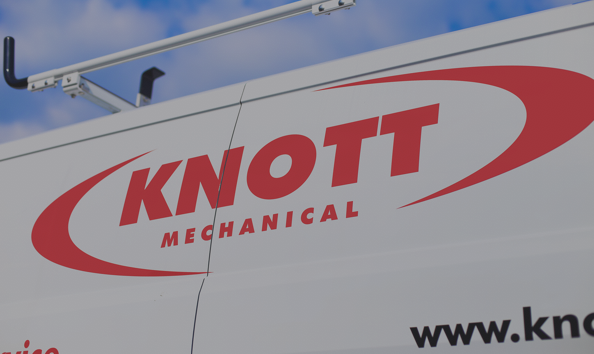Go Back to Career Paths
Career Developmental Objectives
HVAC Installation Technician III’s must consistently demonstrate the following:
Run project.
- Must be able to schedule and coordinate work with customers and project managers.
- Must be able to overlook and delegate tasks for other techs.
- Must be able to complete projects in the given time. If not enough time must be able to give reasons why more time is needed.
Size, design and field fabricate duct work.
- Must be able to use a ductulator and size ductwork for each project. Must be able to modify ductwork on site to fit the situation.
- Must be able to calculate diffusers and flex sizes for different areas to provide proper air flow.
Curbs and curb adapters.
- Must be able to put together and set roof curbs.
- Must be able to properly set curb adapters and modify when adapters do not line up.
Set equipment.
- Must be able to properly set equipment with crane.
- Must know hand signals so you can guide crane operator for setting units.
Refrigerant pipe.
- Must be able to size and design piping for all types of systems.
- Must know proper brazing techniques.
- Must be able to calculate additional refrigerant charge for line sets.
- Must be able to install different refrigerant accessories like core driers, ball valves, hot gas bypass vales, expansion valves, accumulators and sight glasses.
Gas pipe.
- Must be able to size gas lines to equipment.
- Must be able to cut and thread pipe and install it per code.
- Must be able to set gas pressure on regulators and gas valves.
Electrical.
- Must be able to remove electric wire and reconnect it to new replacement units.
- Must know the proper wire size to use for the unit.
Low voltage.
- Must be able to wire all equipment.
- Must know what kind of wire to use.
- Must know how to wire communication wire and how to land the shield wire.
Start up and commissioning.
- Must know how to start up equipment.
- Must know how to check super heat and sub cooling and adjust expansion valves.
- Must know how to check rotation of scroll compressors and check amp draws.
- Must know how to adjust motor sheaves and belt alignment.
Cooling
- Consider your intermediate to advanced ability to maintain, service and repair a variety of cooling systems to include the following:
- DX and chilled water equipment including RTU’s, split systems, self-contained water cooled, ductless splits/VRF systems, chillers, cooling towers, dry coolers/ evaporative coolers and WSHP’s.
Air Distribution:
- Consider your intermediate to advanced ability to maintain, service and repair a variety of air distribution systems to include the following:
- VAV/VVT systems, ERV’s/HRV’s, fans/blowers, ductwork, dampers, air filtration, airflow measurements and air quality measurements.
Electrical/Controls
- Consider your intermediate to advanced ability to maintain, service and repair a variety of electrical and control devices to include the following:
- Mechanical electrical components (contactors, transformers, fuses etc.), solid states components, motors, motor controls, VFD’s, DDC, pneumatic controls, thermostats, unitary control hardware/software and building automation systems.
Heating
- Consider your intermediate to advanced ability to maintain, service and repair a variety of heating systems to include the following:
- Gas and oil fired equipment including forced air furnaces, WSHP’s, electric heat, humidifiers, water and steam boilers, direct/indirect fired MUA’s & ARU’s and venting requirements.
Additional Requirements:
- Advanced troubleshooting of equipment we install
- Able to start up and commission new equipment as well as troubleshoot new unit issues as required
- Read and do takeoffs from prints as needed
- Work with estimators to lay out and help plan new and replacement jobs as needed
- Work well with your crew and give direction as needed
- Basic understanding of building ems and system operation
- Vast knowledge of total system and building operation, not just one unit, but how the entire building is and should operate
- Pneumatics experience is a plus
- Ability to make decisions on the job and address issues as they arise on installations and replacements
- Ability to work with building engineers, project managers, engineers and understand and adapt to changes in the job as they arise
- All requirements of tech 1 and 2





 John Ayd
John Ayd Joe Pyles
Joe Pyles

